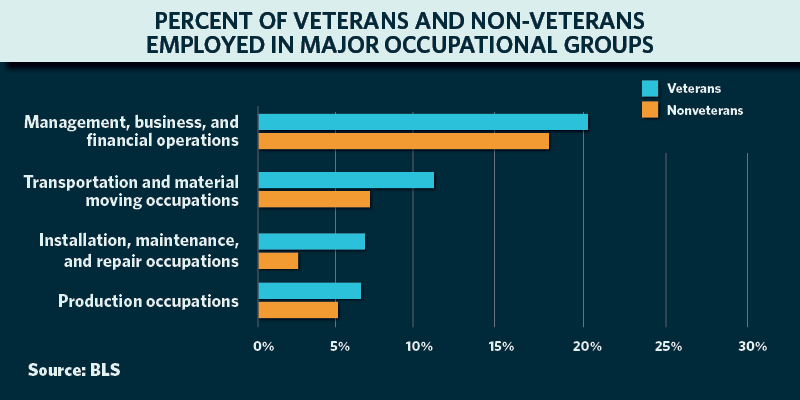"An Emerging Public Health Issue
Millions of older adults and people with disabilities could not maintain their independence without the help of unpaid caregivers. This care would cost nearly $470 billion a year if purchased. That’s one of the reasons that caregiving is an essential public health service and should be prioritized as an emerging public health issue.1
Caregivers are family members or friends who typically provide unpaid, long-term, community-based care and assistance to older adults and people with chronic health conditions or disabilities. Caregivers help with a variety of routine tasks such as shopping, paying bills, bathing, dressing, and managing medicines. They are often a source of emotional support and companionship for care recipients.
Caregivers: A Snapshot
- 58% of caregivers are women.
- Almost one-third of caregivers provide care at least 20 hours a week.
- Caregivers typically learn as they go and aren’t formally trained.
- 79% of caregivers care for adults aged 50 or older, and 76% of care recipients are aged 65 years and older.2
- One in 6 non-caregivers expects to become a caregiver within two years.
Increasing Demand for Caregivers
The need for caregivers is growing along with the aging of the US population. The number of caregivers increased from 43.5 million in 2015 to about 53 million in 2020, or more than 1 in 5 Americans.3 By 2030, an estimated 73 million people in the United States will be 65 years or older.4 Many will require daily assistance from at least one caregiver to maintain quality of life, independence, and physical and social well-being. More than two-thirds of the US population will likely need help with tasks at some point in their lifetime.5
Benefits of Caregiving for Recipients and Caregivers
Caregiving allows recipients to:
- Retain their quality of life and independence.
- Avoid living in a group setting (institutionalization).
- Have less depression.
- Self-manage their chronic conditions better.
Caregiving can also benefit caregivers by helping them:
- Increase their self-confidence and fulfillment from helping others.
- Start or add to social networks of friendships associated with caregiving.
- Feel needed and useful.
- Learn and develop new skills..."
Caregivers


